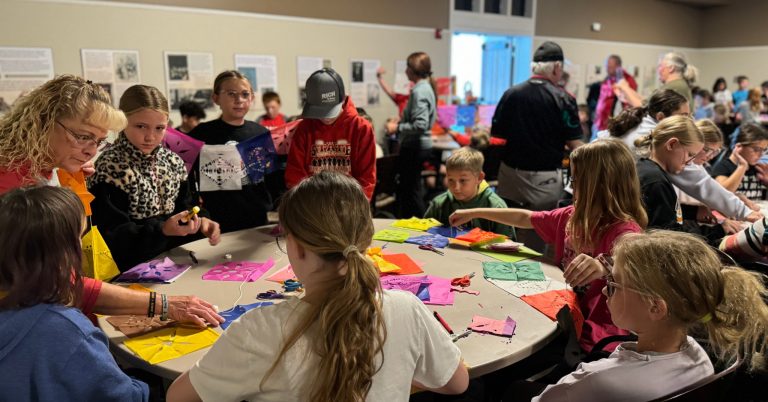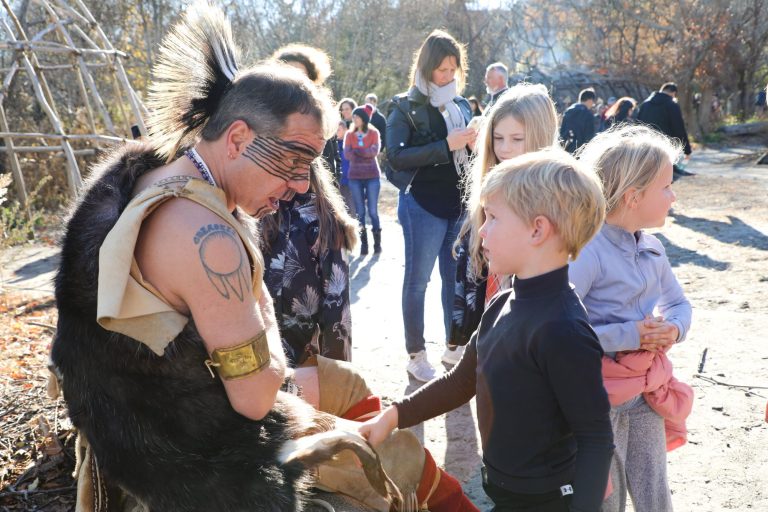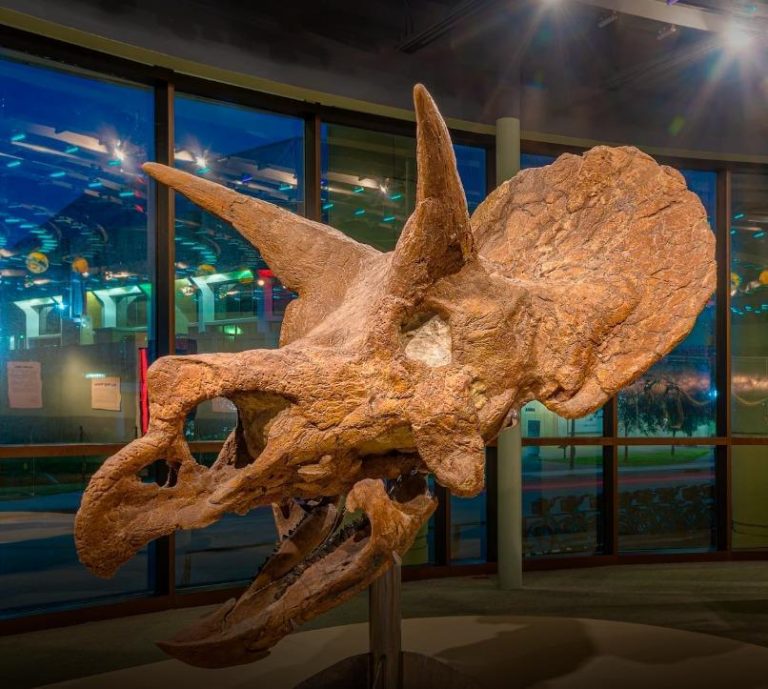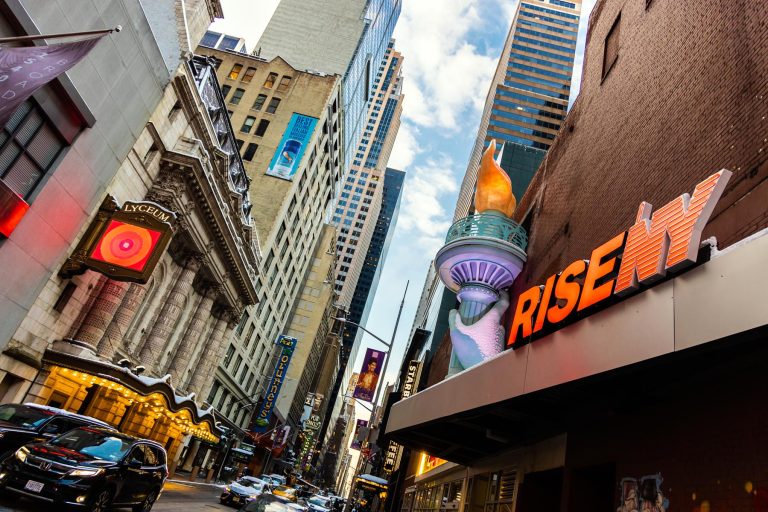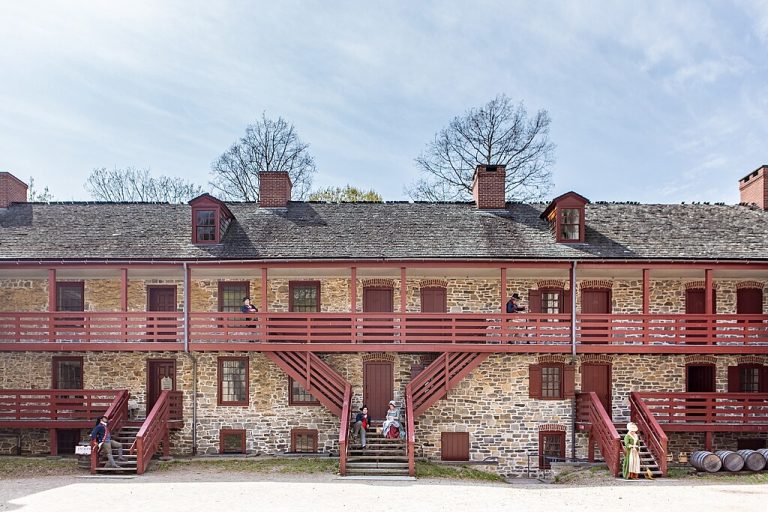Itinerary at a Glance
History springs to life along New York’s storied Hudson River corridor. With so many immersive Revolutionary War experiences—from forging iron at Van Cortlandt Manor and tracing troop movements at Fort Montgomery to debating strategy inside Washington’s Headquarters—students need more than a quick day trip. Plan a multi-day adventure with the itinerary below and transform the Hudson Valley into an unforgettable, curriculum-rich classroom.
Subjects Covered
- Revolutionary History
- Fine Arts
- Sports History
Day-by-Day Itinerary Details
Student groups traveling to New York’s Hudson River Valley will uncover a wealth of immersive, curriculum-ready experiences woven through the region’s dramatic landscapes and Revolutionary-era landmarks. Outdoor adventures range from scaling the cliff-top ruins of Fort Montgomery to strolling the 19th-century Heritage Garden along the river’s edge, while living-history programs invite students to hammer iron with colonial blacksmiths, debate strategy in Washington’s war-room headquarters and march in step like Continental soldiers. Each stop—from Van Cortlandt Manor to Mount Gulian—blends hands-on discovery with rich storytelling, turning the valley into one interconnected, unforgettable classroom.

DAY ONE: Van Cortlandt Manor (Croton-on-Hudson) & Fort Montgomery State Historic Site (Fort Montgomery)
Morning: Arrive to a welcoming staff at Van Cortlandt Manor and an introductory talk about colonial estate life and its role in early American history. Engage in living history demonstrations from costumed interpreters, including blacksmithing and open-hearth cooking presentations.
Take a guided tour of the manor house and outbuildings and ascertain social and economic life during the war. Participate in a group discussion about the manor’s transition after the Revolution ended, highlighting the impacts of war on colonial families. A post-tour Q&A session and optional scavenger hunts reinforce learning.
Lunch: Pack a lunch and picnic on the manor grounds, or grab a bite at a local group-friendly eatery.
Afternoon: Head north to Fort Montgomery State Historic Site in Fort Montgomery for a welcome orientation with historians and a brief overview of the Battle of Fort Montgomery and its ties to the Revolutionary War.
Explore the scene of an intense Revolutionary War battle for control of the Hudson River. The 14-acre fortification is perched atop a cliff overlooking the scenic river. Groups can learn about the significance of the military post, explore authentic artifacts, and glimpse a large-scale model of the fort and battle. Occasionally, a reproduction cannon is fired by the fort’s staff during live demonstrations.
Take a guided tour of the famous battlefield and discover fortification ruins, powder magazines, barracks, military equipment, and more. Hear interpretive stories about the events of the battle, troop movements and other military strategies.
Visit the on-site museum and explore hands-on opportunities and exhibits showcasing period weapons, military uniforms, authentic war artifacts, and more. A post-reflection discussion on military strategy can further cement the connection to its role in the fight for independence.
Evening: Enjoy dinner at a nearby group-friendly restaurant.

DAY TWO: Washington’s Headquarters State Historic Site (Newburgh)
Morning: Arrive at Washington’s Headquarters State Historic Site and listen to a staff introduction to George Washington’s authority during the Revolutionary War’s final years. Tour the historic headquarters building to learn about colonial governance and wartime planning strategies.
Lunch: Grab a few tables at a local group-friendly restaurant or picnic on the site grounds.
Afternoon: Students assume the roles of key figures in Washington’s command and debate strategic military decisions. Next, explore immersive exhibits showcasing the Continental Army’s encampment and understand the social and political challenges faced. Have a post-reflective discussion about leadership, sacrifice, and the legacy of the Revolutionary era to tie the curriculum to the experience.
Evening: Dinner at a group-friendly restaurant.

DAY THREE: Mount Gulian Historic Site (Beacon)
Morning: Head to nearby Beacon and the Mount Gulian Historic Site, where Revolutionary War history is an immersive experience for students. They can engage in educational programs, including Dutch Settlers and Trade with the Native Americans, and A Soldier’s Life During the Revolutionary War.
The Dutch Settlers program allows students to engage in concepts of early fur traders and the lives of the Wappinger/Lenape Native Americans. Hands-on activities include a simulated trading post activity where students trade furs for common goods used by the Dutch.
A Soldier’s Life pulls students into the experiences of actual Revolutionary War soldiers as described in their writings. Students will explore items that soldiers commonly used and assume the role of infantrymen by participating in drills and marches.
Lunch: Picnic on the grounds on the riverside lawn (weather permitting).
Afternoon: Visit the onsite Heritage Garden, designed in 1804, and learn about its storied past and how it went from a lush rosebush-filled community icon to falling into disrepair and being brought back to life again.
Gather your group for a post-reflective discussion about the overall field trip. Recount memorable moments at historical sites and how the interactive programs helped them connect their learning to the curriculum.
Evening: Depart for home.
Get inspired by trending destinations and subscribe for updates.
 Submit the Form Below
Submit the Form Below
For More Info From
I Love New York







